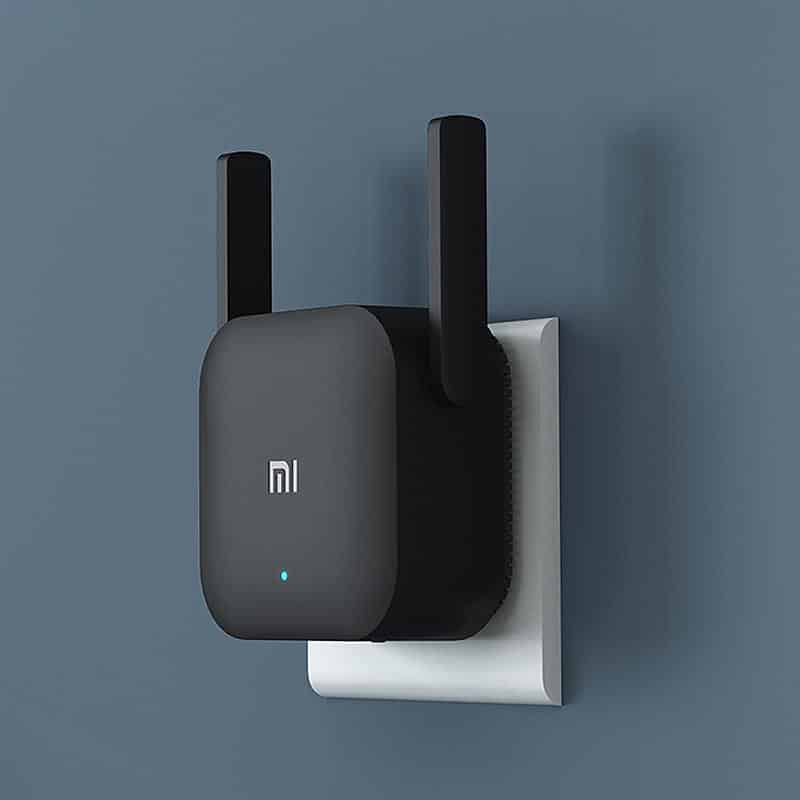
Unfortunately, most consumer-grade Wi-Fi systems are smaller than 4.9″ along one axis. In the case of 2.4 GHz and 5 GHz radios, the wavelengths are 4.9” and 2”, respectively,” Shane Eleniak says.
#United states transmit power wifi full#
“The best solution is to position antennas at least one full wavelength apart in order to minimise their mutual interference. The performance of small form factor Wi-Fi routers or gateways often deteriorates even further as a result of inadequate space for antennas. Ultimately, this approach sacrifices Wi-Fi performance for aesthetics and price,” says Shane Eleniak. They do this in order to target the consumer market with lower-priced, smaller physical units such as plug-in pods or similar.

“Some mesh Wi-Fi vendors engineer their systems to transmit at mid power levels of 23-25 dBm. In general, small form factors and lower power leads to poor performance. Above: Shane Eleniak, Executive Vice President of Products at Calix.īut consumers and ISPs should be aware that not all vendors operate at the full 30 dBm of transmit power. We do this to achieve maximum coverage, reach, and performance in and around the home,” says Shane Eleniak, Executive Vice President of Products at Calix.

“Some vendors – and Calix is in this category – engineer their systems to transmit at the maximum allowable power of 30 dBm, also known as high power. In practice the maximum transmit power for a Wi-Fi residential gateway is 30 dBm (equivalent to 1 Watt) because 6 dBm is typically allocated for antenna gain.īut wireless equipment vendors often approach the issue of transmit power in very different ways when designing residential gateways or consumer-grade routers and mesh systems. In the US, the Federal Communications Commission (FCC) permits a maximum power level (called EIRP or Effective Isotropic Radiated Power) of 36 dBm for Wi-Fi equipment operating in the 2.4 GHz and 5 GHz bands.


 0 kommentar(er)
0 kommentar(er)
